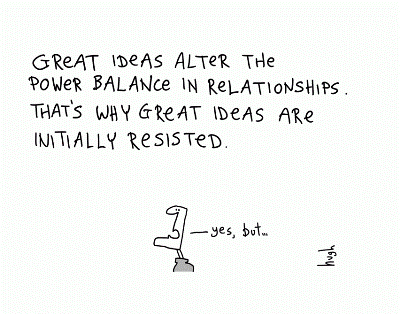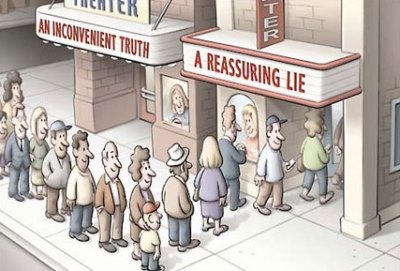One of the most astonishing trends in the past few years and months is to see successful Collaborative Age entrepreneurs getting involved in the media business through investment in major newspapers and associated news outlets (while at the same time the newspaper industry revenues and profits are in severe decline with the advent of content marketing).
 Last August, Amazon’s Jeff Bezos bought the Washington Post. No-one is really sure why. In France, in 2010, Xavier Niel, probably the most visible internet entrepreneur in France, participated in the buying of Le Monde, a major newspaper, and seems to be currently looking forward buying another major media outlet.
Last August, Amazon’s Jeff Bezos bought the Washington Post. No-one is really sure why. In France, in 2010, Xavier Niel, probably the most visible internet entrepreneur in France, participated in the buying of Le Monde, a major newspaper, and seems to be currently looking forward buying another major media outlet.
Of course, billionaires buying newspapers is nothing new. It has always been a way to seek influence, and sometimes has served as a launch pad for a political career. As usual, the buyer swears that he will not influence the editorial line of the paper, but while that might be true on the short term, it will definitely influence it, broadly speaking, on the longer term.
Previous newspaper buyers and owners had more created their fortunes from mining, commerce or industry and the fact that internet-based company billionaires are in the game reflects their new prominence among the wealthy and powerful. Also, the positive side is that in the middle term this new ownership might change the viewpoint and stance of the press in a more positive view of Collaborative Age economy, and support the societal change that are required.
Indirectly, these investments are good for the business of these entrepreneurs as it will support the mindset change that is needed for society to embrace the Collaborative Age.


 Real good ideas do necessarily alter the power relationships (and that is why they are always resisted, but that is another story).
Real good ideas do necessarily alter the power relationships (and that is why they are always resisted, but that is another story). It appears that there are strong regulations in the US about the fact that cars would need to be sold through franchised car-dealerships and this creates all sorts of weird market effects. Tesla is currently battling to topple these old-fashioned regulations, and might well eventually win at that game, although that will take long consistent efforts (see Bloomberg’s paper on “
It appears that there are strong regulations in the US about the fact that cars would need to be sold through franchised car-dealerships and this creates all sorts of weird market effects. Tesla is currently battling to topple these old-fashioned regulations, and might well eventually win at that game, although that will take long consistent efforts (see Bloomberg’s paper on “ One of the points of the paper is that “power structures haven’t changed much over time, […] the way organizations operate today actually reflects hundreds of years of hierarchical power structures, and remains unchanged because these structures ‘can be linked to survival advantages’ in the workplace“. Also, “hierarchies deliver practical and psychological value, in part by fulfilling deep-seated needs for order and security“.
One of the points of the paper is that “power structures haven’t changed much over time, […] the way organizations operate today actually reflects hundreds of years of hierarchical power structures, and remains unchanged because these structures ‘can be linked to survival advantages’ in the workplace“. Also, “hierarchies deliver practical and psychological value, in part by fulfilling deep-seated needs for order and security“.

 Change is about looking at reality in the face. Not to over-dramatize, but to be aware of what really happens outside there.
Change is about looking at reality in the face. Not to over-dramatize, but to be aware of what really happens outside there.


